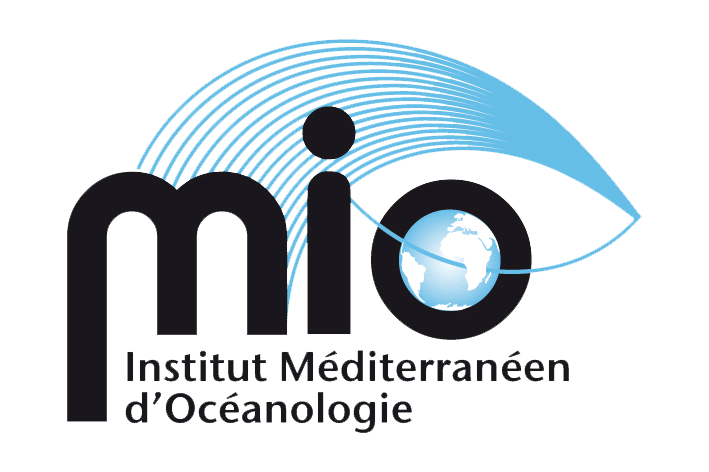Arctic wildlife contains the highest levels of mercury. Understanding the Arctic Ocean is key to understanding why, as methylmercury, a bioaccumulative neurotoxin, is formed from inorganic mercury in the ocean itself. A new study, published on 22 March 2022 in Nature Reviews Earth & Environment, revises the mercury balance in the Arctic Ocean1. It finds that the revised mercury budget for the Arctic Ocean (~1,870 tonnes) is lower than previous estimates (2,847 to 7,920 tonnes), implying greater sensitivity to climate change and anthropogenic emissions. Sedimentation of particulate mercury (122 ± 55 tonnes per year) from surface waters to continental shelf sediments is the most important mercury removal mechanism in the Arctic Ocean. The revised Arctic Ocean budget suggests that mercury burial in continental shelf sediments (42 ± 31 tonnes per year) may be underestimated by more than 100% (52.2 ± 43.5 tonnes per year). Researchers from the Norwegian University of Science and Technology (NTNU), the Norwegian Institute for Water Research (NIVA) and the Mediterranean Institute of Oceanology (CNRS/Aix-Marseille University/IRD/Université de Toulon) have organised several oceanographic expeditions to the Barents Sea, which until now have only been possible in summer. The first observations during the polar night, published on 18 July 2022 in Nature Geoscience, show a loss of one third of total mercury between summer and winter, and highlight a new mechanism for removal by manganese from sediments. No change in methylmercury concentrations is observed, probably due to a lower affinity for particles and the presence of gaseous species (dimethylemercury). The results update the current understanding of the mercury cycle in the Arctic and call for a re-evaluation of budgets and models, taking into account the seasonal aspect. The lifetime of methylmercury in the Arctic Ocean is longer (25 years) than that of inorganic mercury (3 years), and this study suggests high levels of methylmercury in the future.
Bibliography (students underlined, MIO staff in bold) :
1 A Dastoor, H Angot, J Bieser, J Christensen, T Douglas, LE Heimbürger-Boavida, M Jiskra, R Mason, D McLagan, D Obrist, P Outridge, M Petrova, A Ryjkov, K St. Pierre, A Schartup, A Soerensen, O Travnikov, K Toyota, S Wilson, C Zdanowicz. Arctic mercury cycling. Nature Reviews Earth & Environment 3 : 270-286 (2022).
https://www.nature.com/articles/s43017-022-00269-w . https://hal.archives-ouvertes.fr/hal-03619231
2 SG Kohler, LE Heimbürger-Boavida, MV Petrova, MG Digernes, N Sanchez, A Dufour, A Simic, K Ndungu, MV Ardelan. Arctic Ocean's wintertime mercury concentrations limited by seasonal loss on the shelf. Nature Geoscience in press. https://www.nature.com/articles/s41561-022-00986-3
Contacts
CNRS researcher l Lars-Eric Heimbürger-Boavida l +33 6 30 26 65 44 l lars-eric.heimburger@mio.osupytheas.fr




